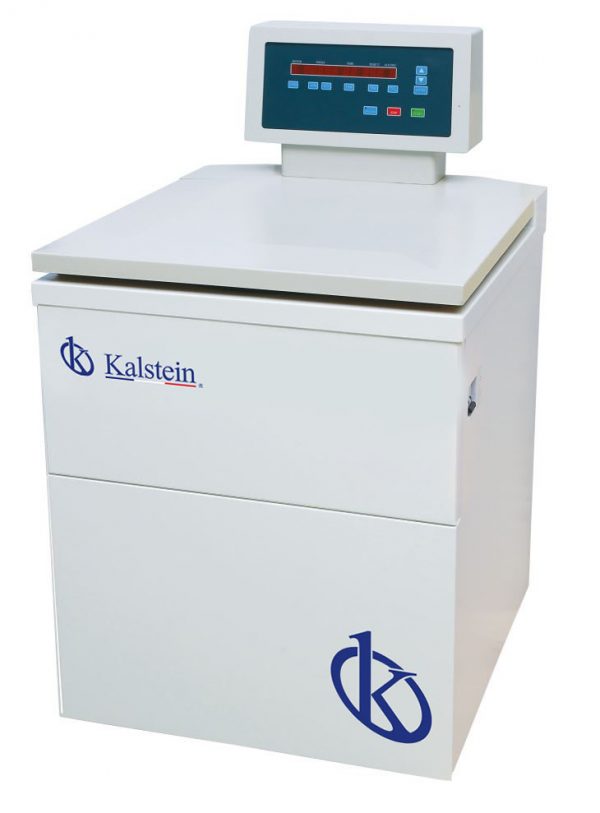Over the years, laboratory centrifuges have evolved and improved significantly in design and functionality. From the initially humble rotating glass receiver to sophisticated modern units, laboratory centrifuges have been gaining relevance alongside technological development. The recent push toward customizing gene sequencing and field experiments has generated demand for increasingly sophisticated and purpose-specific tools and equipment.
In this sense, these demand dynamics have revitalized the development of laboratory centrifuges. The latest aesthetic and mechanical changes in laboratory centrifuges reflect these technological advances. The modern aesthetic references are felt in the ease of use and handling of the devices. The technical improvements have focused on an improved use of user protection, increasing safety and avoiding risks of contamination. In short, it ensures the user gets an optimal level of efficiency, safety and reliability and offers a good user experience.
What are the current designs for laboratory centrifuges?
Newer designs allow for simpler and more functional use of equipment. The use of LCD screens and other modern software interface features make the testing and experimentation processes much more controlled, curing the need for control by changing the factory operation configuration by manual programming pipes. The relatively new units now have blades mounted on their side panels to better cool the model, allowing better implementation of long-term use in industrial conditions.
Another recent trend concerns improvements in the cooling technology of laboratory centrifuges. This aims to achieve higher performance without increasing the rotational speed of the rotor, thus maximizing efficiency and safety. These improvements come from the implementation of four different types of cooling systems, from air conditioning to airtight systems, all designed to optimize the time to operate the system.
In addition to cooling technology, the current trend is to facilitate innovations within laboratory centrifuges for use in small spaces. Instead of providing only a centrifuge box, these units now incorporate the calibration stage, pipettes and Erlenmeyer’s bench. These innovations, as well as the wide ranges of sizes, powers, and special configurations, are incredibly useful for home laboratories, test beds, hospitals, universities, and research centers.
The evolution in the use of laboratory centrifuges
There are a wide variety of laboratory centrifuges of very different sizes designed for the specific user need. On the horizon, the increased use of remote-control technology for laboratory centrifuges is emerging. This technology has dramatically changed the way processes are carried out. This technology allows users to control the speed and duration of the centrifuge cycle. It allows the user to control the position of the rotor and ensure that the time clocks are kept faithfully to the parameters of their programming.
In view of this, this level of remote control is a great advantage for laboratories that need their equipment to work frequently in difficult conditions. Therefore, as highlighted, it is clear that cooling, cooling, calibration and remote control are some of the current trends in the use of laboratory centrifuges. These trends enable unprecedented rotational speeds with much safer operations.
At the same time, the flexible design of the new centrifuges allows them to be used in a variety of situations and in different types of laboratories, without worrying about user safety. These trends are currently present in the development of laboratory centrifuges, and contribute to improve the user experience and ensure the quality of performance.
Kalstein novelties in centrifugation
The centrifuges of the manufacturer Kalstein are very varied and are available for sale to laboratories that require it. Within the models can be found centrifuges that can rotate up to 12000 rpm or less quickly up to 5000 rpm, with low noise and with all the necessary controls to control the time and separation. All purchase information, prices and technical details can be consulted on the website HERE and HERE.

